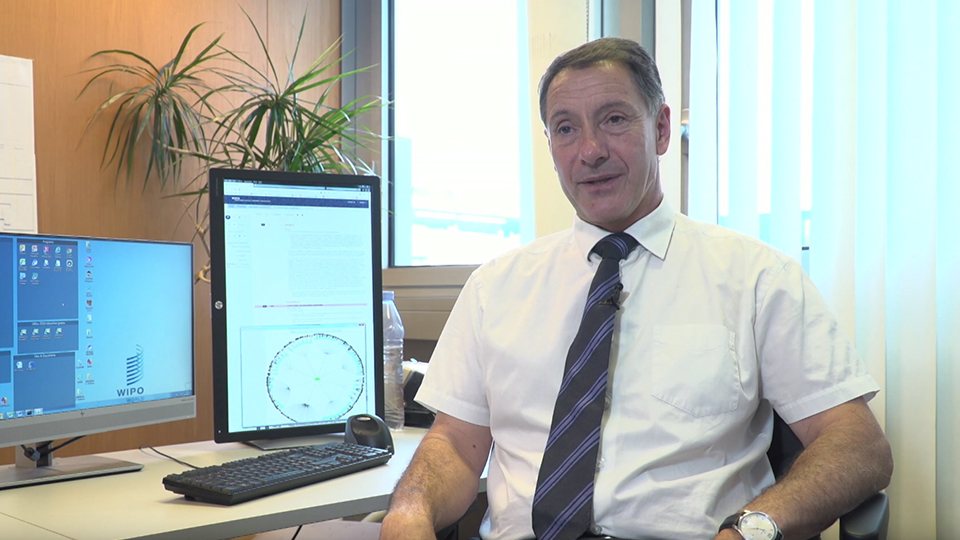AI-based Classification for IP Data
Intellectual Property (IP) classifications are crucial tools allowing companies, inventors and research and development organizations to conduct reliable IP searches and manage their IP portfolios. IP classifications are also essential IP administrative tools for governments and play an important role in the interoperability and exchanges between the different stakeholders, such as the patent offices.
Classifying patents and trademarks with AI
Traditionally, professional experts manually classified the IP material. However, in the era of “big data”, the hierarchical structures of classification are very complex (containing thousands of categories) and the assignation of classification has become a very time-consuming task. There was therefore a need for reliable, fast and scalable methods and algorithms to help the experts in IP classification tasks.
Classified patents and trademarks represent a huge volume of data, which involves a great deal of human intervention. This is the ideal use case to train an algorithm in machine learning. All available patents and trademarks that are classified by human experts can be used to train machine-learning classifiers.
Automatic and assisted classification are a highly beneficial help, due to the large volume of material and because of the domain-specific knowledge needed to accomplish this costly manual task.
IPC classification tool for patents
The AI-based IPC classification tool (IPCCAT- IPC Computer-Assisted Categorization) allows users to enter a text that will be automatically classified according to the IPC.
It is publicly available either as a web service or through the “search feature” of the IPC publication platform (IPCPUB).
By adding a text e.g. abstract of an invention, the user can get the predicted IPC symbols most likely to match the technical field included in this text, with an indication of a confidence level of the prediction.
The IPCCAT can provide a prediction of the IPC symbols at the Class, Subclass, Main Group or Subgroup level.
In addition to the English language, IPCCAT can also offer cross-lingual text categorization through automatic translation performed by the WIPO Translate service in the following languages:
- ar: Arabic,
- de: German,
- es: Spanish,
- fr: French (other authentic language of the IPC),
- ko: Korean,
- ja: Japanese,
- pt: Portuguese,
- ru: Russian,
- zh: Chinese.
The user can then browse contextual information associated with the corresponding IPC symbols possibly in different languages and access patent databases or other patent classification schemes.

IPCCAT helps patent filers and examiners in IP offices to automatically categorize patent applications into technical units according to their International Patent Classification (IPC) class, subclass, main group or sub-group.
Vienna classification Assistant for trademarks
This AI-Based tools helps users classify trademark images according to the Vienna Classification more easily.
By just dropping one image in the Vienna Classification Assistant, the user will be walked through the different selection steps: first, the 29 main categories will be displayed with the relevant ones highlighted together with a relevance rating (******).
Then the user can pick the suggested choice or other options. When an auxiliary section is selected, the tool will notify the user that at least one principal section has to be selected. The image is then classified according to the Vienna Classification.
The Vienna classification assistant not only improves significantly the classification consistency among different human classifiers and provides a more comprehensive classification of each image but also is a great training tool for new classifiers.
More videos
Quick introduction of the Classification assistant. Drop your first image and let yourself go.
Global Goods & Services Explorer
It is a tool designed to assist trademark applicants when selecting appropriate Goods and Services terms and their associated Nice classification in different languages during the filing process. This tool also provides support to trademark examiners in IP offices in their validation of trademark applicant.
Based on statistics computed from the major trademark collections included in the Global Brand Database, the tool shows graphical representations indicating the historical acceptance of the term, the number of trademarks in which they appeared and the IP Offices that accepted them. Among its search capabilities is the semantic search feature, powered by artificial intelligence. Using neural networks, the G&S Explorer analyzes terms and finds closest terms in the same and other supported languages.